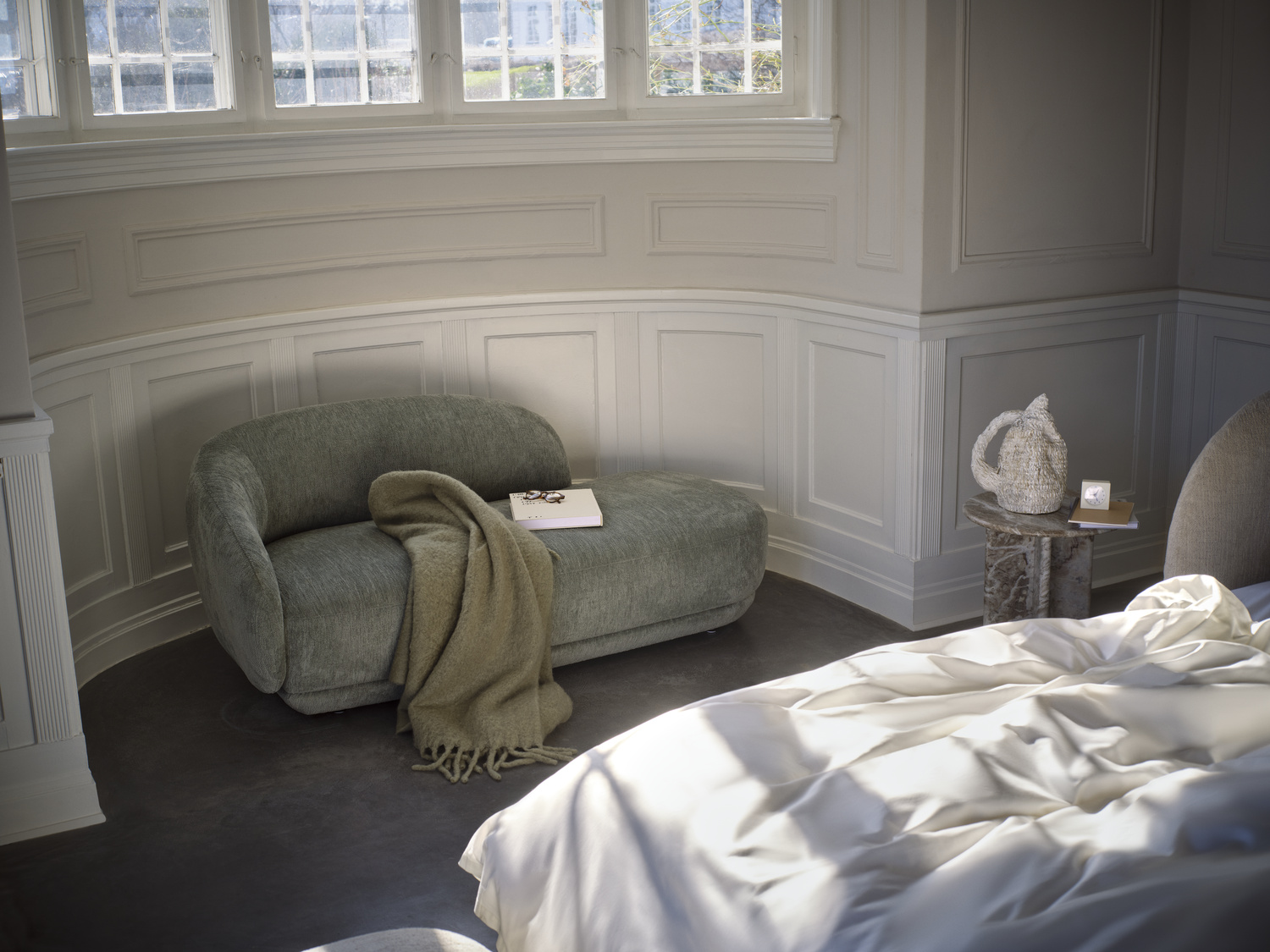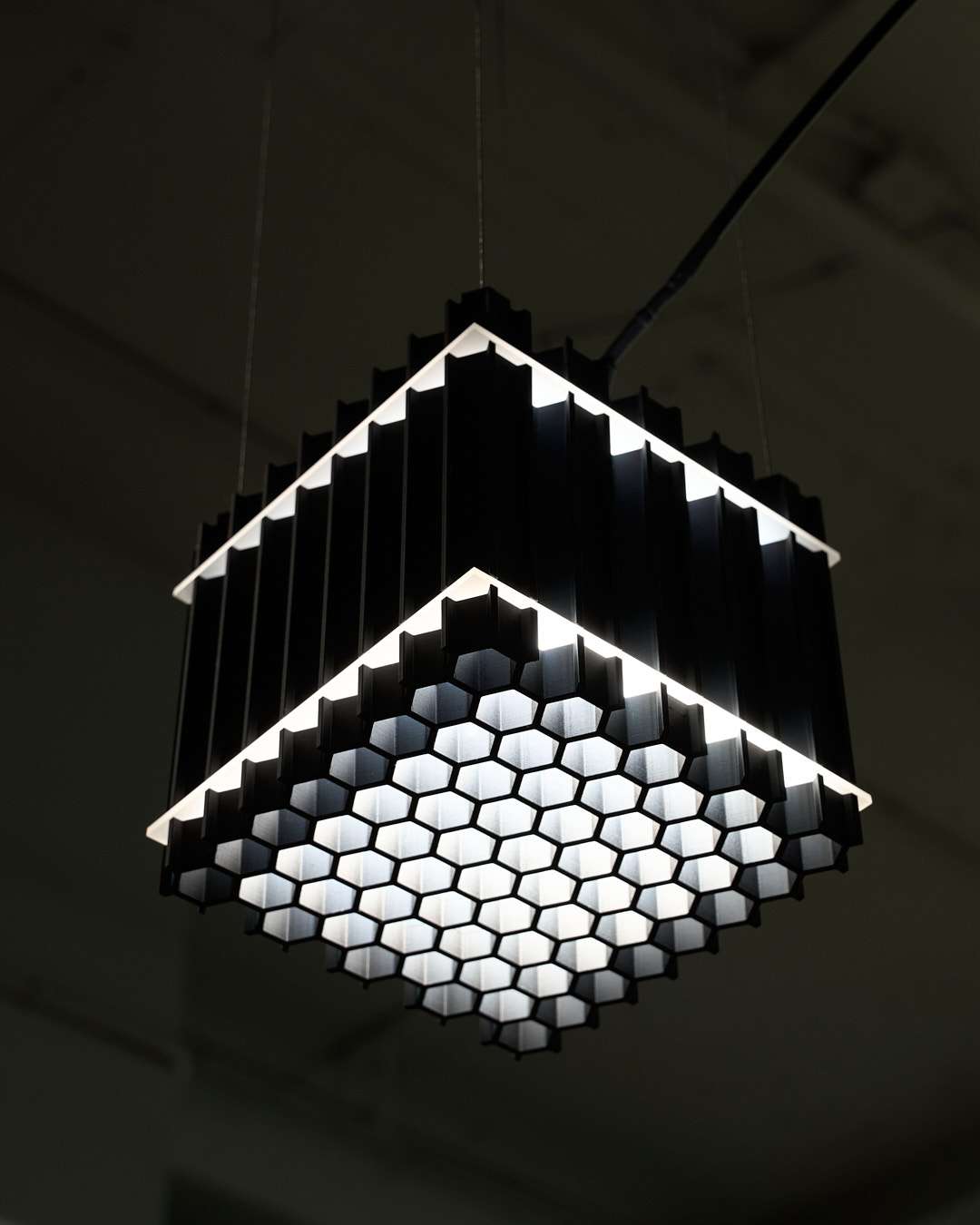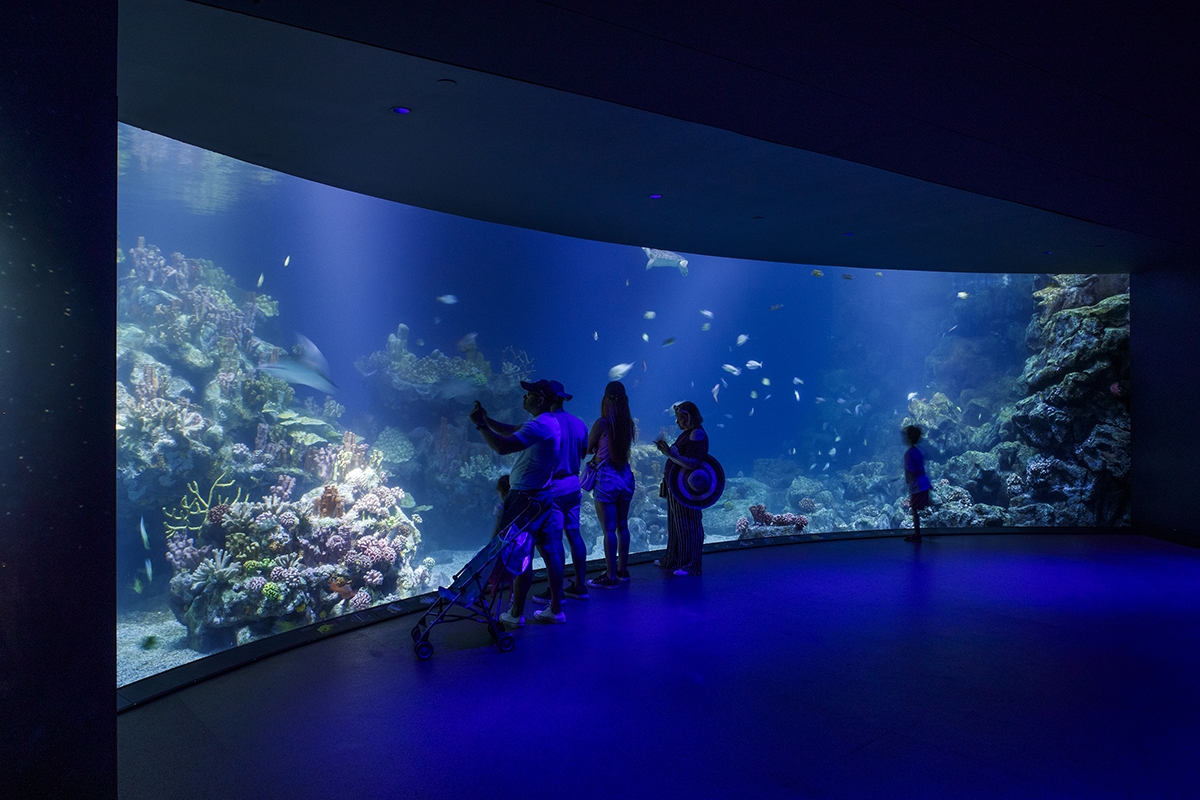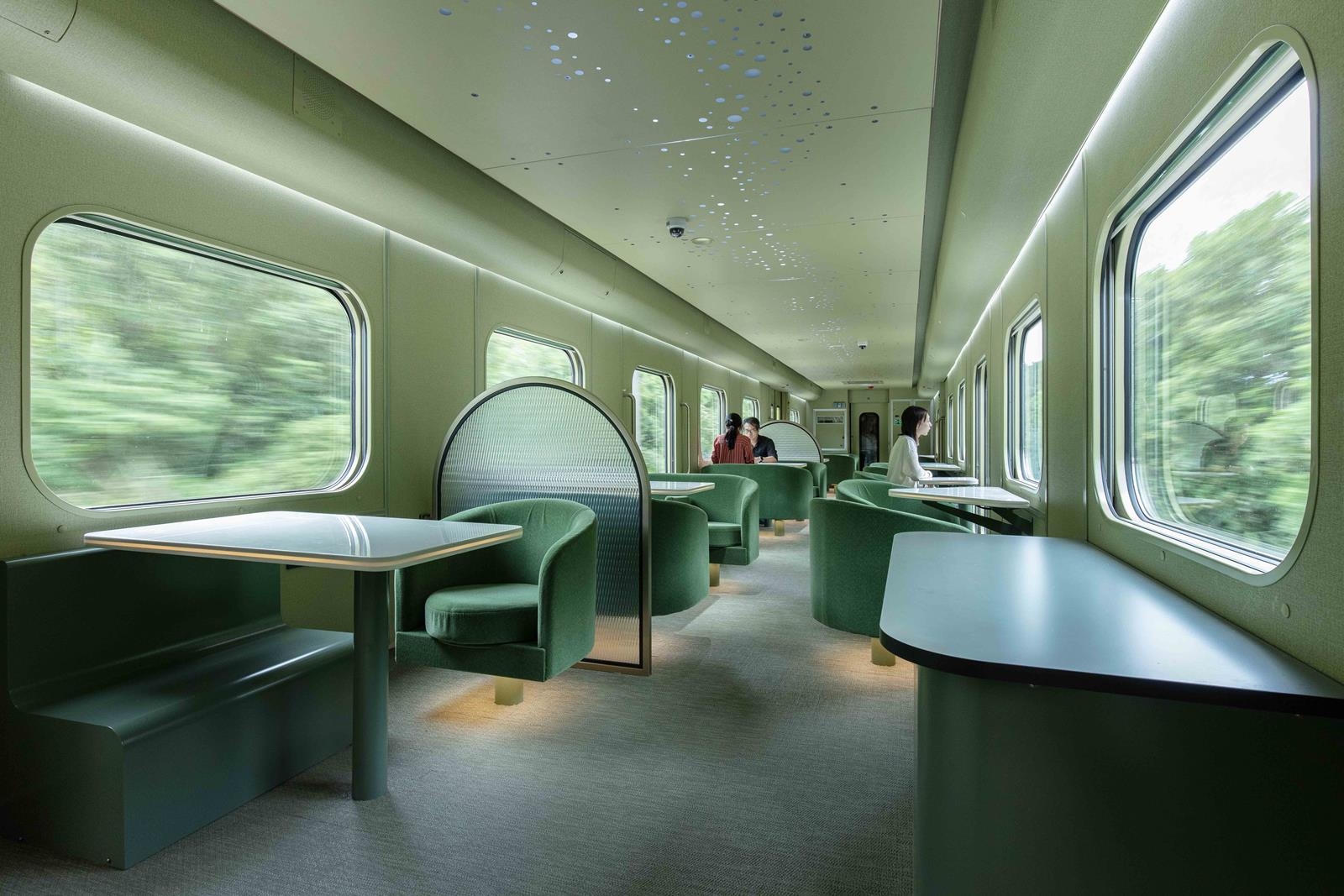The fusion of art, design, and light takes on a bold form in Grid Extrusion, a collaboration between two visionary artists, Julian Gresham and Aster Verrier. Inspired by the complexities of machinery and the directional qualities of light, this striking piece embraces a raw, industrial aesthetic that turns functionality into a work of art.
“Light has always been a fascinating substance for both of us,” say Gresham and Verrier, and it’s clear that this fascination has driven the design of their light fixture. “Light conditions the way that we perceive objects, and has a profound impact on the way that we experience spaces.” For the artists, the objective was clear: create a light that doesn’t just illuminate but actively shapes the space it inhabits. “We decided to aim for a light that could deliberately and meticulously shape space, drawing attention to elements within an environment, while subtly influencing its atmosphere.”
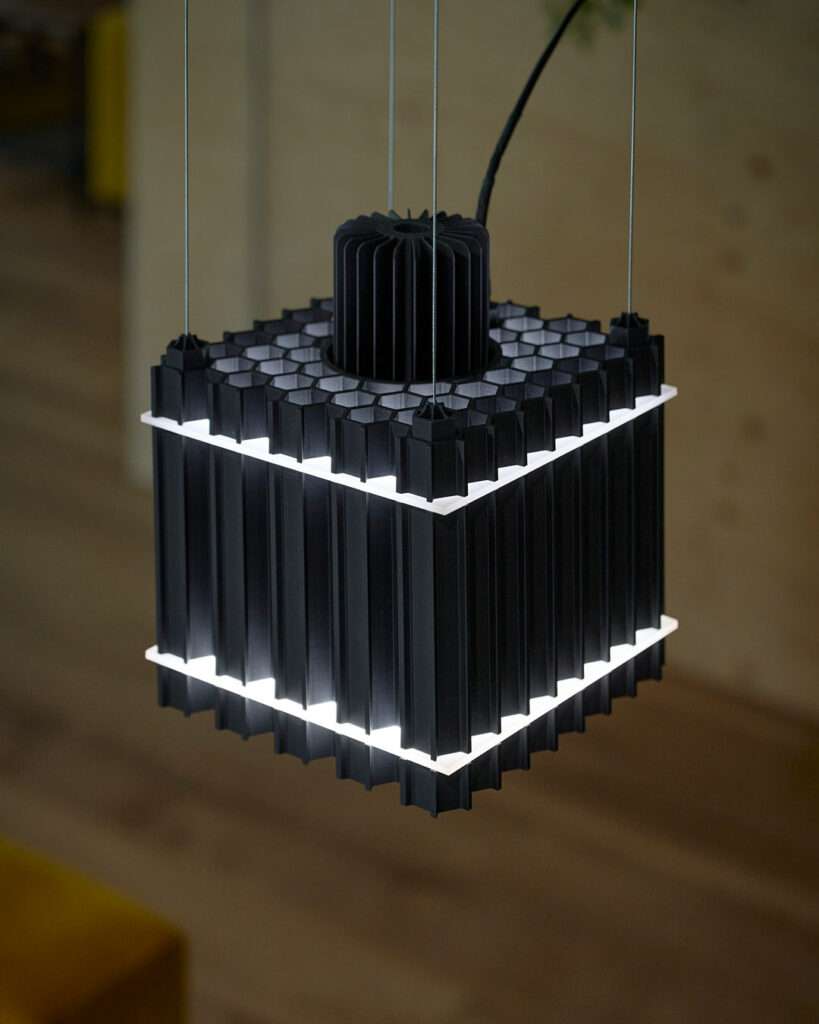
This vision gave birth to Grid Extrusion, a dark, floating honeycomb lattice cube sliced by glowing horizontal planes. The interplay between shadow and light creates a visual contrast that’s both bold and intimate. Drawing inspiration from Brutalist architecture, a style that shares the studio’s surroundings in Eindhoven, the piece exudes strength and subtlety.
The flexibility of the design process is a cornerstone of Grid Extrusion‘s creation. “This first version of the light was designed with a modular approach to facilitate iteration on each component during the exploration of its core design principles,” said the artists. This adaptability allows for exploration and modification, with elements such as the diffusing sheets, the light source, and the central section of the extrusion—all capable of being tailored and reworked.
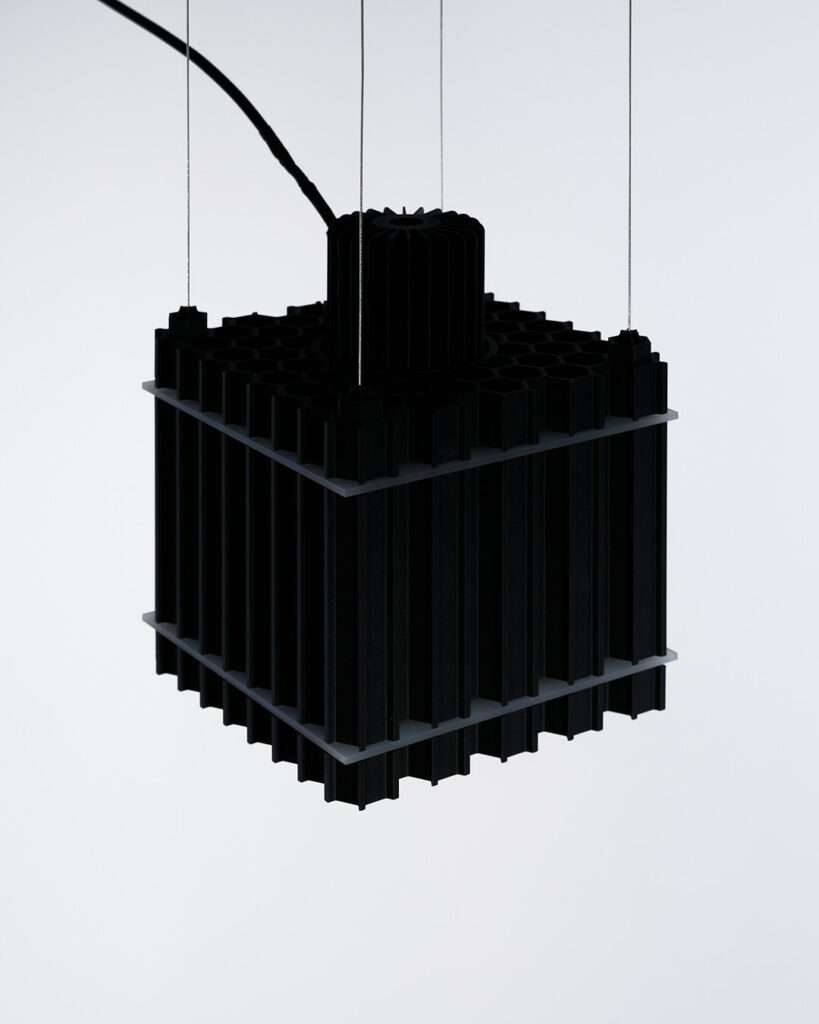
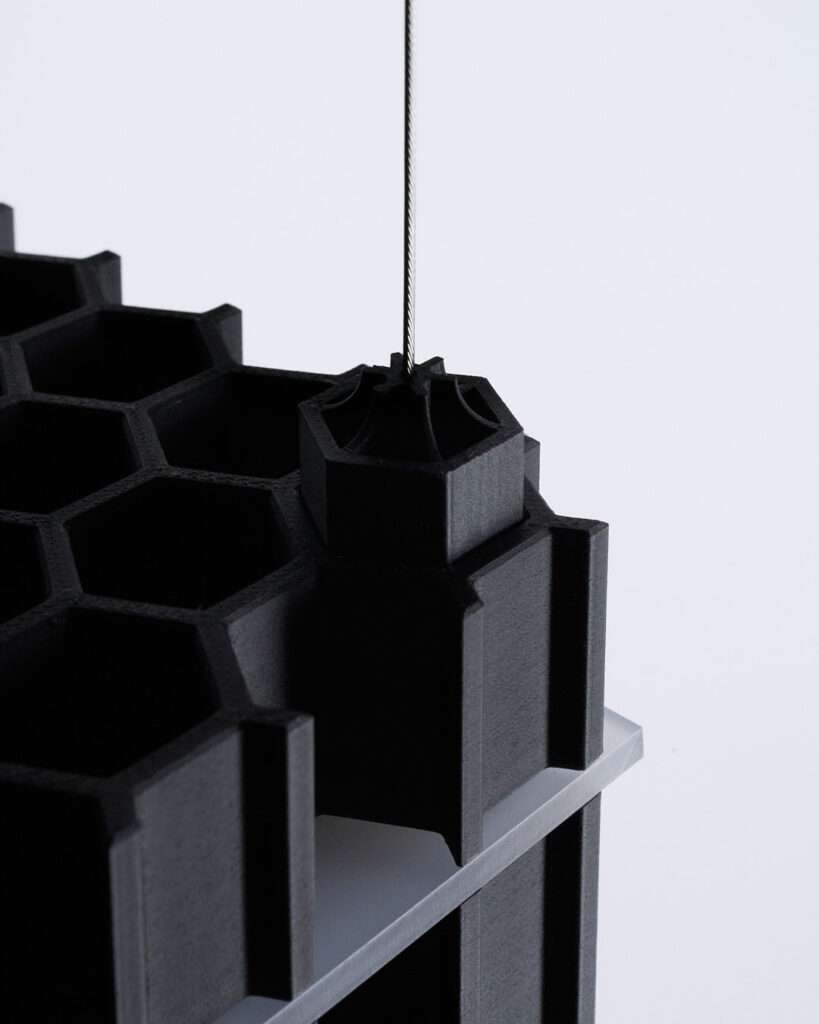
What sets this design apart is its ability to evolve and be customized. “This framework also allows for the light to be modifiable when in use,” they add. The light’s components are designed to be assembled without permanent fixation methods, meaning the user can adapt the design to suit their space or aesthetic preferences.
In the early stages of design, Gresham and Verrier envisioned the piece being made from aluminum, with an extruded profile that would support the overall structure. However, they made a pivotal shift during prototyping: “We extensively used 3D-printed plastic and found a pertinence to this material because of the structure of its surface.”
This choice added an unexpected depth to the design. The subtle stratification of the material affects how light interacts with the surface, creating a play of reflection and absorption that adds another layer of intrigue to the piece. Whether suspended in darkness or bathed in sunlight, Grid Extrusion becomes elusive and abstract, its form constantly shifting with the changing light.
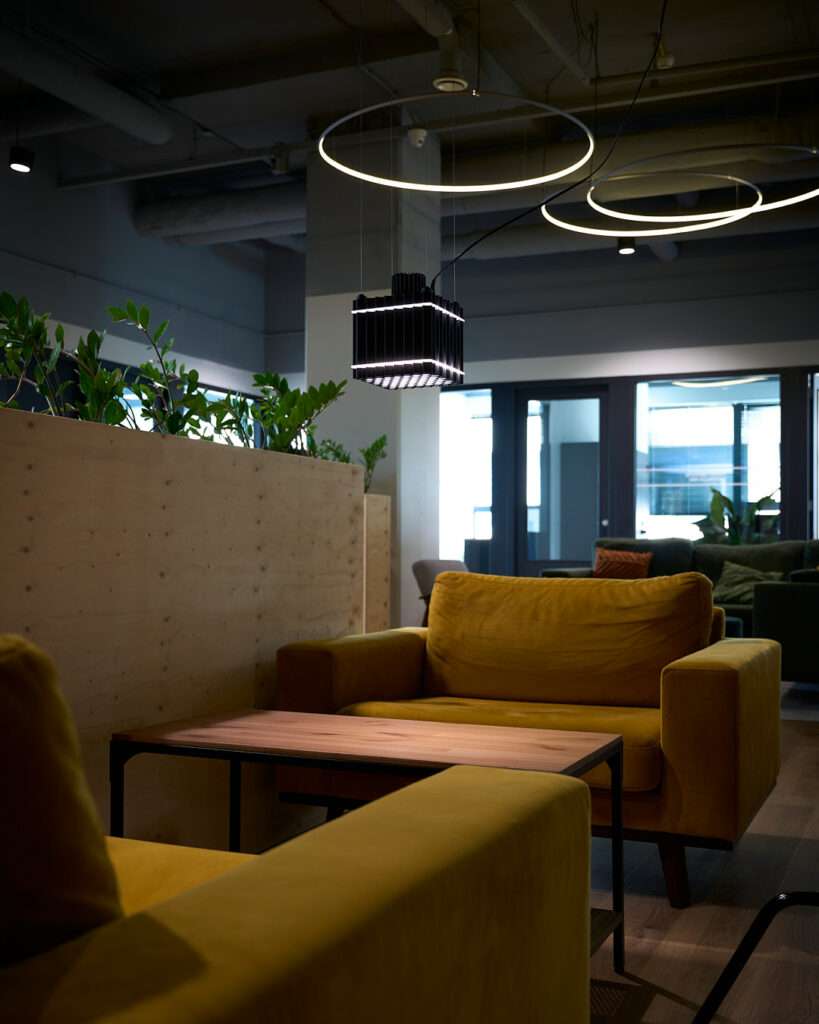
The initial inspiration for the design emerged from the way light behaves when it interacts with a grid. “The design was initially inspired by the directional nature given to light when it traverses a grid,” the artists explain. This light-drawing process is expressed in the extruded honeycomb shape, which projects long light lines. At the same time, translucent acrylic sheets slice through the cube, diffusing the light and softening its intensity.
“It embraces an industrial aesthetic, celebrating functionality as a precise tool for placing diffused light with intent,” they add. This focus on functionality doesn’t compromise the artistic vision; rather, it enhances it, creating a beautiful and purpose-driven light.
One of the most compelling aspects of Grid Extrusion is how it interacts with its environment. “Spaces come to life when certain elements are highlighted, all while others recede into the shadows,” said Gresham and Verrier. The details often get lost in spaces where lighting is uniform or overwhelming, such as offices or supermarkets. “Everything is visible yet nothing is seen.”
But by carefully selecting what to illuminate, Grid Extrusion draws attention to specific objects, creating rhythm and balance within the space. This directional, diffused light evokes a soft yet contrasted glow, reminiscent of the visually pleasing effects often used in film and photography to bring scenes to life.
Ultimately, Grid Extrusion explores how light can alter our perception of space, highlighting some elements while keeping others in mystery. Its industrial design, modular adaptability, and thought-provoking use of materials prove that lighting can transform a space beyond its functional role, becoming a truly dynamic part of the environment.
Photo Credits: Julian Gresham and Aster Verrier




